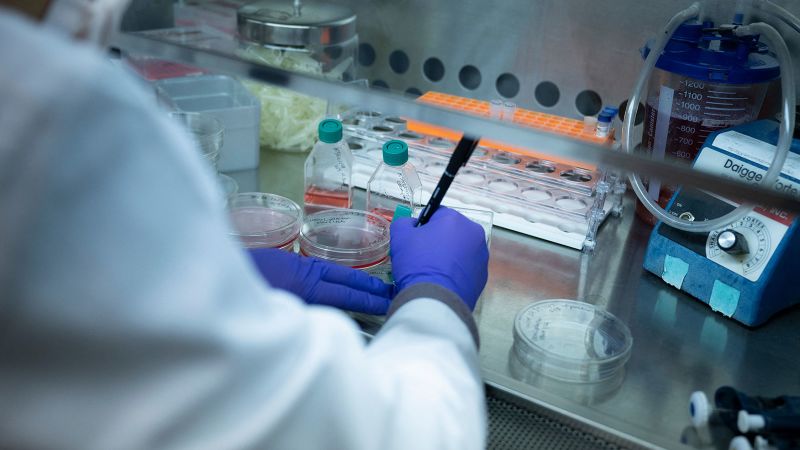Gloves can harbour four times more germs than a toilet seat — putting wearers at risk of nasty vomiting bugs.
That’s according to research by cleaning and toilet facilities company Initial Washroom Hygiene, who swabbed the inside and outside of 50 pairs of gloves and mittens.
They found more than half of those swabbed showed high levels of harmful bacteria, with cycling gloves topping the list.
In fact, many swabs exceeded what hygiene experts consider to be within the normal range of biological contamination by up to 58 per cent.
Tests were carried out on a variety of gloves including woollen, leather, suede and also mittens and cycling gloves.
Of all the items swabbed, cycling gloves displayed the highest germ readings, with woollen gloves second and suede gloves third.
Overall, more than half of the items tested recorded a reading of more than 500 units of biological matter, indicating a high level of contamination, with some even exceeding 4,000 units.
For context, one 2012 study by the same researchers revealed the average toilet seat contains about 220 units — which is considered to be within the normal range (between 200 and 500) of contamination by experts.
Tests were carried out on a variety of gloves including woollen, leather, suede gloves, and also mittens and cycling gloves
Researchers used swab tests to find biological life not visible to the human eye.
They used an ATP bioluminescence test, which measures the amount of adenosine triphosphate — a molecule found in and around living cells — on a particular surface, indicating level of cleanliness.
When there is bacteria, viruses or fungi in a sample, a chemical reaction produces light revealing how many germs are in the swab.
While gloves protect hands from the cold and rain, they do not provide a barrier against bacteria.
‘It is worth remembering that gloves can encounter many potential contamination points — from holding handles on public transport, and opening doors, to using a phone or carrying bags of shopping,’ said Jamie Woodhall, technical and innovations manager at Initial Washroom Hygiene who conducted the study.
‘The inside of gloves can also be contaminated if they are put on with unwashed hands,’ he added.
The results have sparked researchers to urge Brits to wash their hands before and after wearing gloves to protect themselves from picking up troublesome infections.
Mr Woodhall also suggested washing gloves regularly.
He added that 80 per cent of infections are transmitted through hands and simply washing your hands remains one of the most powerful tools in preventing the spread of viruses.
Research has previously revealed how easy it is to still pick up germs when wearing wool gloves.
One 2002 study published in the Journal of Food Protection revealed that rubber gloves reduced the contamination of E.coli bacteria when handling raw meat substantially in comparison to wool gloves.
It also found wool gloves only reduced the spread of E.coli a small amount in comparison to handling raw meat with bare hands.
Experts have also previously warned that gloves may not protect people from Covid because it gives people a false sense of security.
Dr Allison Bartlett, an infectious disease specialist at the University of Chicago, explained the virus can survive on gloves if they touch contaminated surfaces.









